Sam Bowman is a master poaster, surpassed perhaps only by dril and (of course) the Donald. I am a mere mortal, unable to poast at anything close to his level, but I think it falls upon all of us to acknowledge our debts to the greats. And so here I am, simultaneously paying homage and getting in on a trend by making my own version of the classic ‘Things I recommend you buy and use’ list.
Food and drink
Bags of washed and cut mixed vegetables (<£2, any major British supermarket chain)
A big reason why people don’t eat enough vegetables is that they are a pain if you’re in a modern small household. Most plants were domesticated before the demographic transition, and so are perfectly sized to serve a huge family of subsistence-farming peasants; they are thus much too big for two professionals living in a flatshare, and so whole vegetables tend to go off before you can use them up.
Perhaps soon genetic modification will fix this problem. But for now, your best option is to buy more bags of mixed vegetables, which are perfectly sized for modern use. British supermarkets offer a huge variety of mixed veg (both fresh and frozen), from finely diced pieces for sauce bases to big hearty chunks for roasting, and from traditional root veg to more exciting mixes. The combinations and ratios of vegetables they choose are almost always great and very versatile, easily adaptable to whatever recipe you’re following. I also buy fresh vegetables, but these are just so handy to have around.
Some people get snooty about this, but I highly recommend just ignoring them and making delicious food however works for you: fresh veg isn’t even that much cheaper if you’re throwing most of it out anyway. Note that I wouldn’t recommend this for pungent vegetables like garlic, onion, or chillis, since the chemicals that produce their bold flavours can degrade with time after they’ve been cut. But these aren’t normally the problematic vegetables anyway—I rarely hear people complaining about chillis or onions going off.
Marmite (£3, any major British supermarket chain)
While most people already have an opinion on eating Marmite (on toast), I think too few people have tried cooking with Marmite as an ingredient. Marmite is naturally high in MSG, which Sam Bowman recommends you buy in its pure form. But as well as the savoury taste of MSG, Marmite also has a lot of complex fermented flavours; these are very strong and (for many people) unpleasant when Marmite is eaten directly on buttered toast, but they mellow out gorgeously when you mix it into a stew or sauce. It’s a great and highly-versatile ingredient, generalisable enough to be included in dishes from many different cuisines.
Also, if you avoid products that are produced by violently abusing animals, there’s a risk that you’re not eating enough cobalamin, which can lead to some really nasty health problems. Marmite is supplemented with cobalamin, which significantly helps in this regard.
Lao Gan Ma (£5, Chinese supermarkets or some big supermarket chains or amazon.co.uk)
Another great source of MSG in the kitchen, you might well have had Lao Gan Ma out in a Chinese restaurant, but I think it’s still underrated by a lot of non-Chinese home cooks. It’s not that much like standard chilli oil—it’s not that spicy and is pretty salty and savoury, but most importantly it’s incredibly crispy, adding a gorgeous texture to sandwiches, wraps, stir fries, rice dishes, and even shepherd’s pie. I highly recommend just dolloping it on anything. Make sure you get the classic one labelled ‘crispy chilli in oil’ or ‘spicy chilli crisp’.
Note that there are some potential ethical worries about Lao Gan Ma: Tao Huabi, the woman behind it (her face is on the jar), is a high-ranking official in the Chinese Communist Party and a deputy to the National People’s Congress. You might reasonably not want to give your money to her company.
TVP, often sold under other names (~£2-3 per 500g dry weight, some big supermarket chains or health food shops or amazon.co.uk)
TVP (‘textured vegetable protein’) is a by-product of the soybean oil industry, and as a result it’s a pretty cheap source of protein. It also cooks really quickly, it’s got an incredibly satisfying texture, and it absorbs flavour like nobody’s business. I often cook it into a savoury oat porridge with soy sauce or Marmite, flavoured oil, chillis, spring onions, and sesame seeds; but any dish which involves simmering something in a water-based liquid (sauces, stews, etc.) can have TVP added to it for some meaty texture. You can buy big chunks or smaller flakes depending on your preference. TVP got a bad rap in the 70s and 80s, but it’s significantly underrated today: I don’t think it should replace more other protein sources in your diet, but it’s a great complement.
Homeware
Brandy snifters or other nosing glasses (£15 for six, amazon.co.uk, probably cheaper in charity shops etc.)
When people drink spirits, they often drink them out of a wide, shallow tumbler—arguably the single worst glass for the job. I think this is a non-negligible part of why so few people enjoy drinking neat spirits, even more than the alcohol burn: when you use a tumbler, you are losing most of the unique value proposition of spirits, which is the incredibly powerful smell. Serving spirits in a brandy snifter or other ‘nosing glass’ (which taper in towards the top, to concentrate the smell) is night-and-day compared to a tumbler. If you’ve never tried drinking whiskey or brandy or rum from a nosing glass, I recommend you buy a nice bottle, get some friends around, pour a few glasses, and sniff at the spirits as you drink; it’ll be a great time. If you want a slightly fancier option I use the Glencairn brand of whiskey glasses, which look very pretty and are quite sturdy, but they’re more expensive than a generic glass.
Icon of a saint (£10-25, Catholic bookshop or amazon.co.uk)
Paintings or framed pictures are an incredibly good at livening up your house, but they can be a bit expensive, so it’s worth getting creative. Charity shops can be a great source of value finds, but are obviously limited; and while you can buy cheap prints about the place, they don’t always look great. Beyond that, some have recommended getting your own prints made, but the process seems like a hassle to me. You’ll probably need to just try a bunch of different things depending on your local context. But one thing I can say is that Christian icons (especially Orthodox icons) are relatively cheap, often very good quality and visually interesting, and a great conversation piece. In particular, many Christian saints were just very cool people: I’m a big fan of St Paul and St Monica, but choose a saint that you vibe with. Buying one of these can be an excuse to learn some really interesting history and might prompt some cool conversations when you have people over, and it also just looks nice on your walls.
If you live in a city with a big enough Catholic population, you’ll almost certainly be able to find a Catholic bookshop or ‘holy shop’ where you can probably get an icon cheaper than Amazon. Obviously don’t buy an icon if it is incompatible with some of your deeply-held beliefs, but also avoid this if you think there’s any chance that you might actually end up spiritually moved by it: Christianity is fake and it’s important not to forget that.
Bar soap (£1.50 for two bars, any major British supermarket chain)
Cheaper and more pleasant than shower gel or liquid hand soap. I just find your hands feel much cleaner after using bar soap, when compared to liquid soap; it produces a hard-to-describe sensation, kind of friction-y, that really does feel like every little bit of dirt or grease is completely gone. I think a lot of people use liquid soap (and shower gel) almost by default nowadays, without thinking about it. But bar soap really isn’t a hassle at all, and it’s got price and pleasure advantages.
Lifestyle / misc
A new antihistamine or steroid (too much fucking money, any pharmacy)
I have been taking loratadine daily for the entirety of my adult life, and most of my teenage years too. It noticeably helps calm my reactions (when I have stopped taking it for periods I have had more and worse reactions), but it very much does not solve my problem. Many people have roughly similar experiences with their own anti-allergy medications: they help, but aren’t a solution. Then, a while ago, I bought some fluticasone and have been using it intermittently together with the loratadine when I am at particular risk of having a reaction, and it’s been magical. My reactions aren’t completely gone, but my suffering has been reduced by so much.
I am almost certain this is entirely placebo, because this is not how these drugs are meant to be used. But the cause hardly matters when the effects are real! These drugs are far from cheap, even when you look for generics and buy in bulk; but for me, it’s absolutely been worth it. Obviously, if you have a prescription from a doctor stick to that, this is just for OTC drugs; and check for adverse interaction effects before buying, because you don’t want to end up in hospital because the two drugs you took are individually safe but jointly dangerous. But for most people who have frequent allergic reactions, I think that even just trying a new drug could potentially save them a lot of suffering.
DVD Player (~£25, ebay.co.uk, or free if you already have a games console or something else with a DVD slot)
A contrarian opinion, perhaps, but I think you get a better selection of movies from the DVD sections of charity shops than from Netflix etc. these days. I still pay for streaming (I’m not trying to be a luddite or anything!) but building up a small collection of DVDs from charity shops and the like has been fun and has really resulted in us watching a much cooler selection of films. People also give away box sets of great TV shows all the time, which means you can rewatch your favourites whenever you like and don’t have to obsess over when they’re being taken off streaming; having a Buffy box set has been a lifesaver for me. And you will discover loads of fun little nifty things you’d never find otherwise—our great find was a docuseries with Diarmuid MacCulloch adapting his famous History of Christianity, absolutely brilliant (and unavailable online). If you’re willing to pirate things then I’m sure I just look like a sucker to you, but many people aren’t arsed to jump through the finnicky hoops required to download Face/Off without getting the Korean dub bundled with malware; for those people, a DVD player is a great investment.
Nintendo DS and games (~£50 for the console but you can find it closer to £10-20 if you look hard enough, typically <£5 for each game, ebay.co.uk)
The video game market today seems pretty segmented. First, there are the relatively-intense experiences marketed mostly to regular gamers; these are what you’ll see discussed on video game forums and by video game journalists, but they often require investing several hours at a time over a period of a few weeks (or more), which doesn’t work for a lot of people. Then, there are causal games largely for mobile phones and tablets, which are typically just mindless pattern-matching aimed mostly at very small children. The solution: buy a second-hand DS. DS games demand little in the way of time commitment (you can just fold it over when you want to stop playing), are often delightful and great fun, and if you’re the right age come complete with nostalgia. Great for long journeys like commutes or plane rides, or for killing awkward intervals of time. I promise you, Professor Layton is exactly as good as you remember it!
Toe separators (£5-10, amazon.co.uk)
These are the little gel or plastic things that they give you during a pedicure or foot massage. These are absurdly enjoyable to just put on when you’re sitting in front of the TV relaxing at the end of a long day: your toes have been compressed together all day, and now you can spread them out. It feels really quite wonderful, albeit in a difficult-to-describe way. Some people are convinced that there are medical benefits to using these, and recommend you buy specific brands which are more expensive but are designed with podiatric considerations in mind; I have serious doubts about this claim, and recommend you just get cheap gel ones.
Services and websites
Martin Lewis’ website (free, moneysavingexpert.com)
I could go through and make specific recommendations for banks, utility providers, investment platforms, and budgeting; or I could just tell you to spend a lazy Sunday afternoon on Martin Lewis’ website, and you’d come out the other end happier and richer. You have probably heard of Lewis, but I think a lot of people my age think of him as someone that coupon-obsessed middle-aged people like. But he’s the real deal, one of the most public-spirited people in Britain today, and full of advice that is substantially more useful than you might expect. I especially recommend checking out his recommendations for banks, utility providers, and investment platforms; switching is easy and likely to make you a decent bit of money once you know who you want to switch to, and Lewis has done the research for you.
Amazon Smile (free, smile.amazon.co.uk)
This is literally just the normal Amazon website, except they donate a portion of your payment to a charity of your choice. You don’t pay any extra, the prices and products are the same as on the normal Amazon site, but some money goes to charity. I think Amazon launched this as a PR stunt which didn’t really work out, and then (as far as I can tell) forgot about it? Or maybe it’s a tax thing. But I don’t mind either way; I do all my Amazon shopping here, and have directed a little bit of money over to the good folks at GiveDirectly without even thinking about it. The charities get a very small cut, mind you, so using this is hardly peak altruism; but getting the chance to do a small amount of good for literally no cost is still pretty great. Change your bookmarks today!
Smarkets (costs vary depending on what you choose to gamble, smarkets.com)
The UK has some of the most liberal gambling laws in the world, which is great. A lot of people here don’t take enough advantage of this, however, only betting money on the Grand National or other events they would otherwise just ignore, solely for tradition’s sake. But gambling is much more enjoyable when you bet on things you know and care about: I bet small sums of money (<£10 per bet) fairly regularly on politics and gymnastics, and it’s a lot of fun. Smarkets is great because the odds are set by the market as a whole, rather than a monopolistic bookie who fixes them to suit their own interest; you thus almost always get better odds here than from any of the big-name bookies. In addition, the platform (including the mobile app) is easy to use and free of the awful ads and popups that you get from most online bookies.
Bitwarden (free, bitwarden.com)
A no-brainer. Password managers actively make your life easier, while minimising the risks from data breaches or phishing attacks by generating complicated and secure passwords. I want to stress this again because it’s such a win-win: your life will be easier if you use this free service, and you will be more secure online. I used to use LastPass but it became clunky and slow; Bitwarden is much better in those regards.
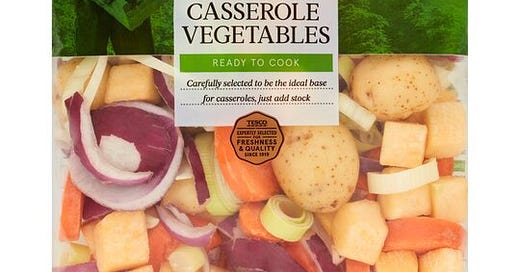



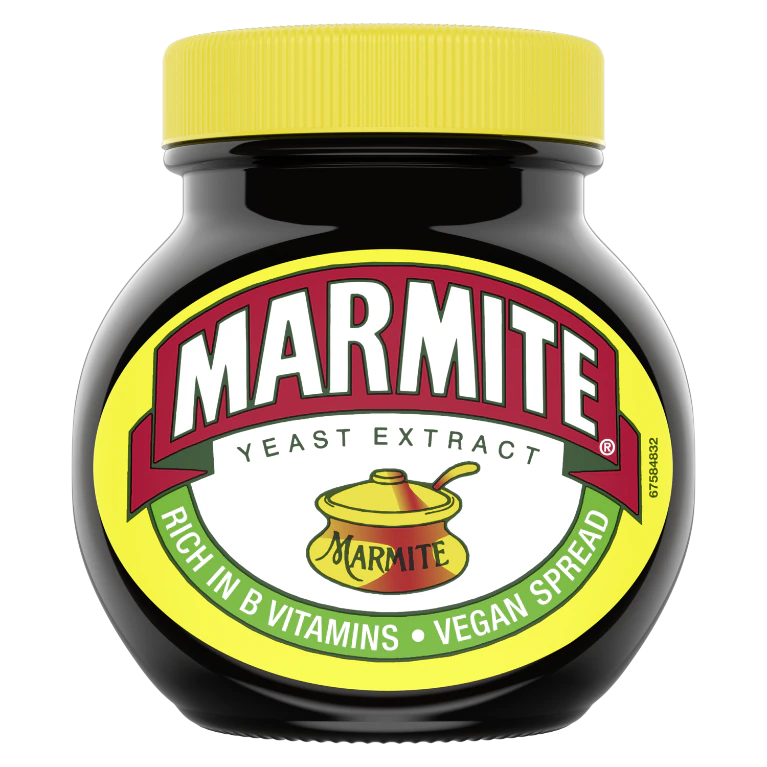

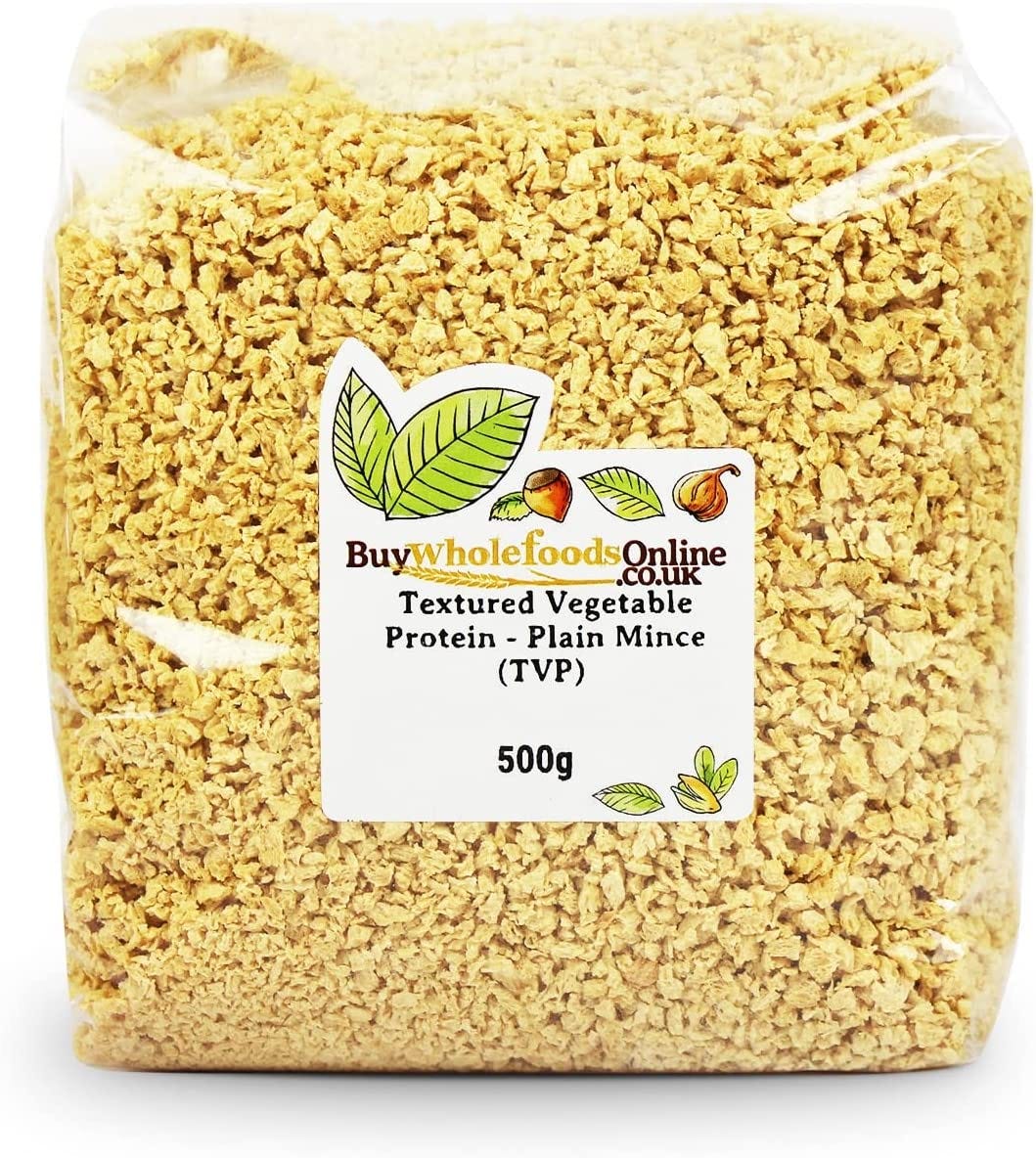
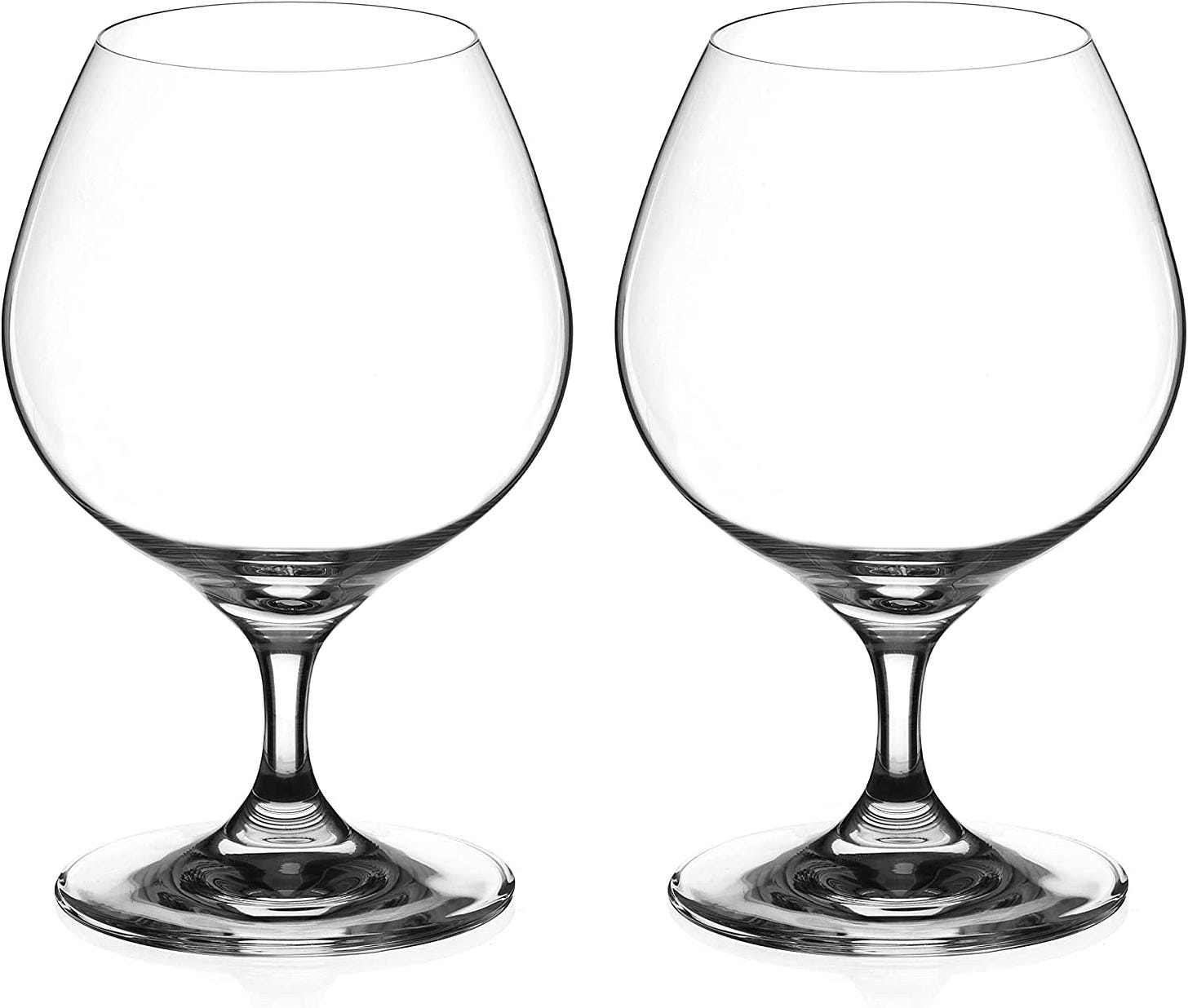

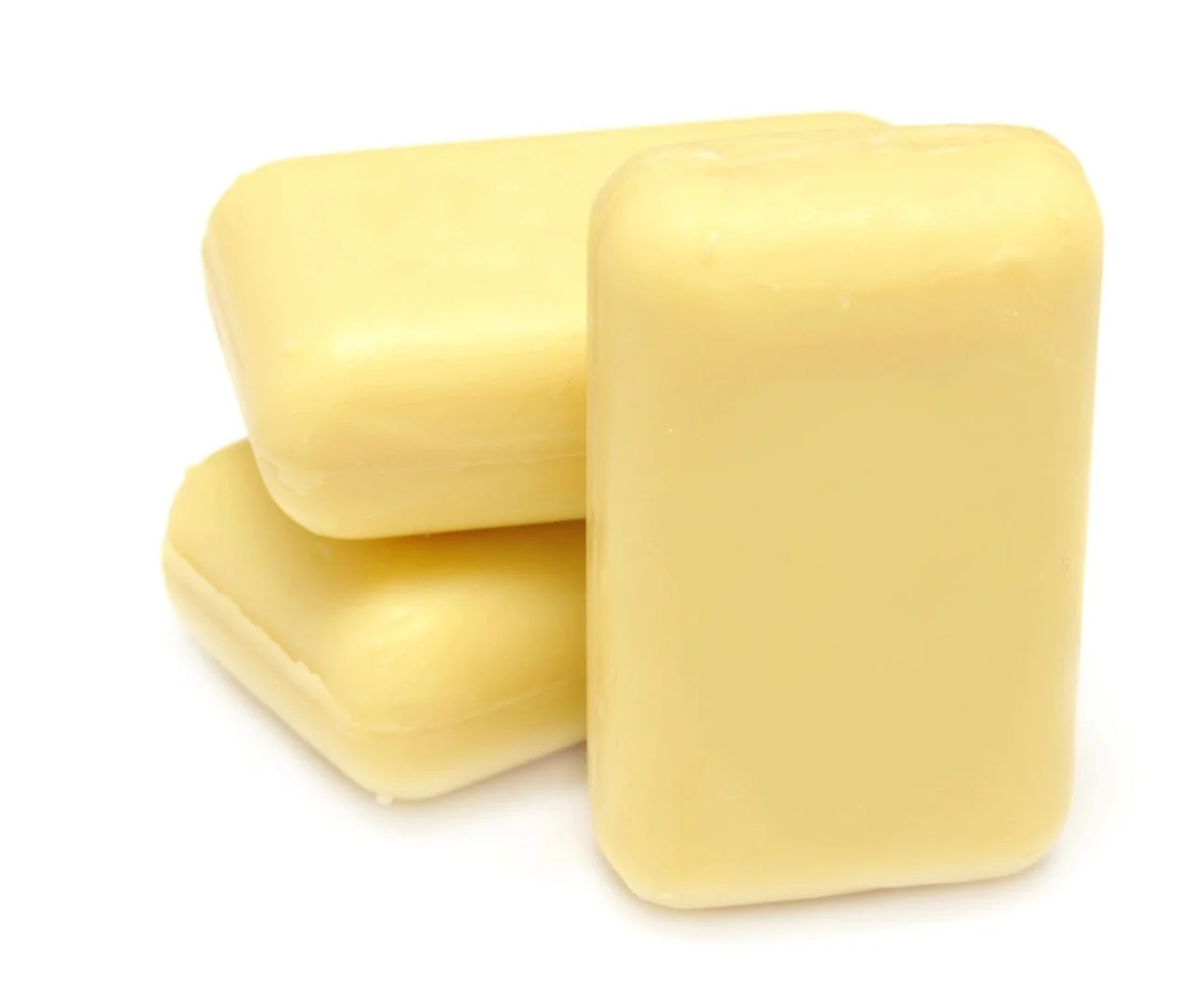
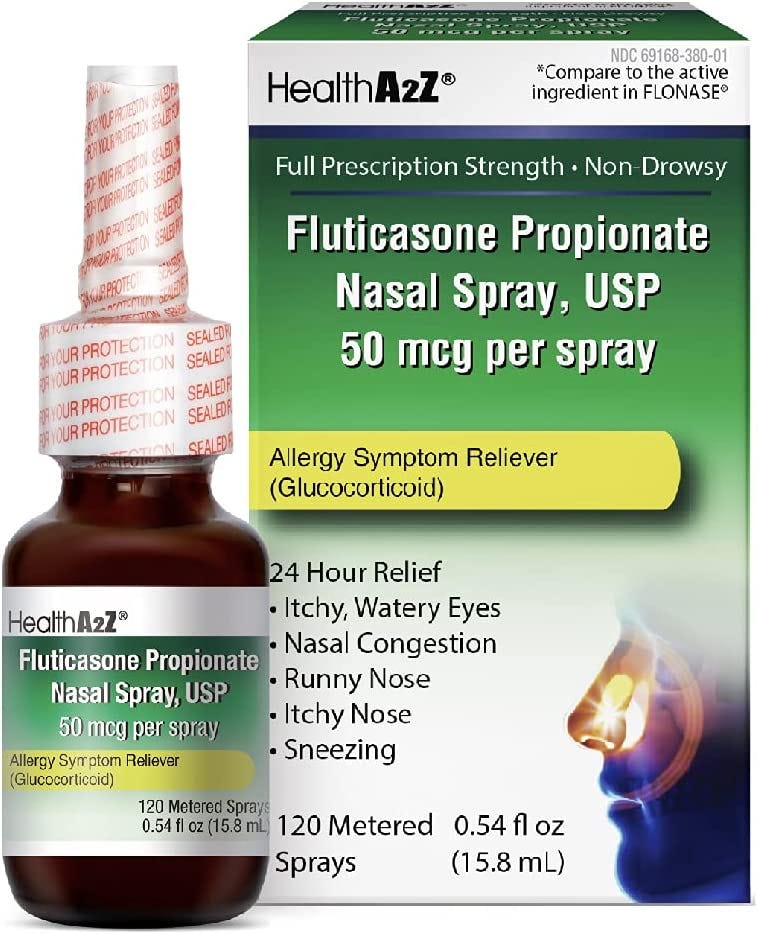



For the icon, presumably there are other art that serves the same function with less psychological risk. I agree that iconographic art is higher quality relative to price (you're basically subsidized by the makers' piety), but a print of the Hudson School would also be a good conversation piece, incentivize you to learn history, and the only psychological risk is that you fall in love with America's natural beauty (as you should).
I wholeheartedly agree with the DeBoer piece, though. Instrumentalizing religion means you don't think the metaphysical claims are important, which *really* means you think they're not true. If God is the Author of Creation, the metaphysical undergirding of reality, then that is the most important thing. Finding the claims not even worth arguing is the most damning indictment of religion I can think of
Lao Gan Ma is so good, we also really like fermented black beans (recipes from Fuchsia Dunlop)